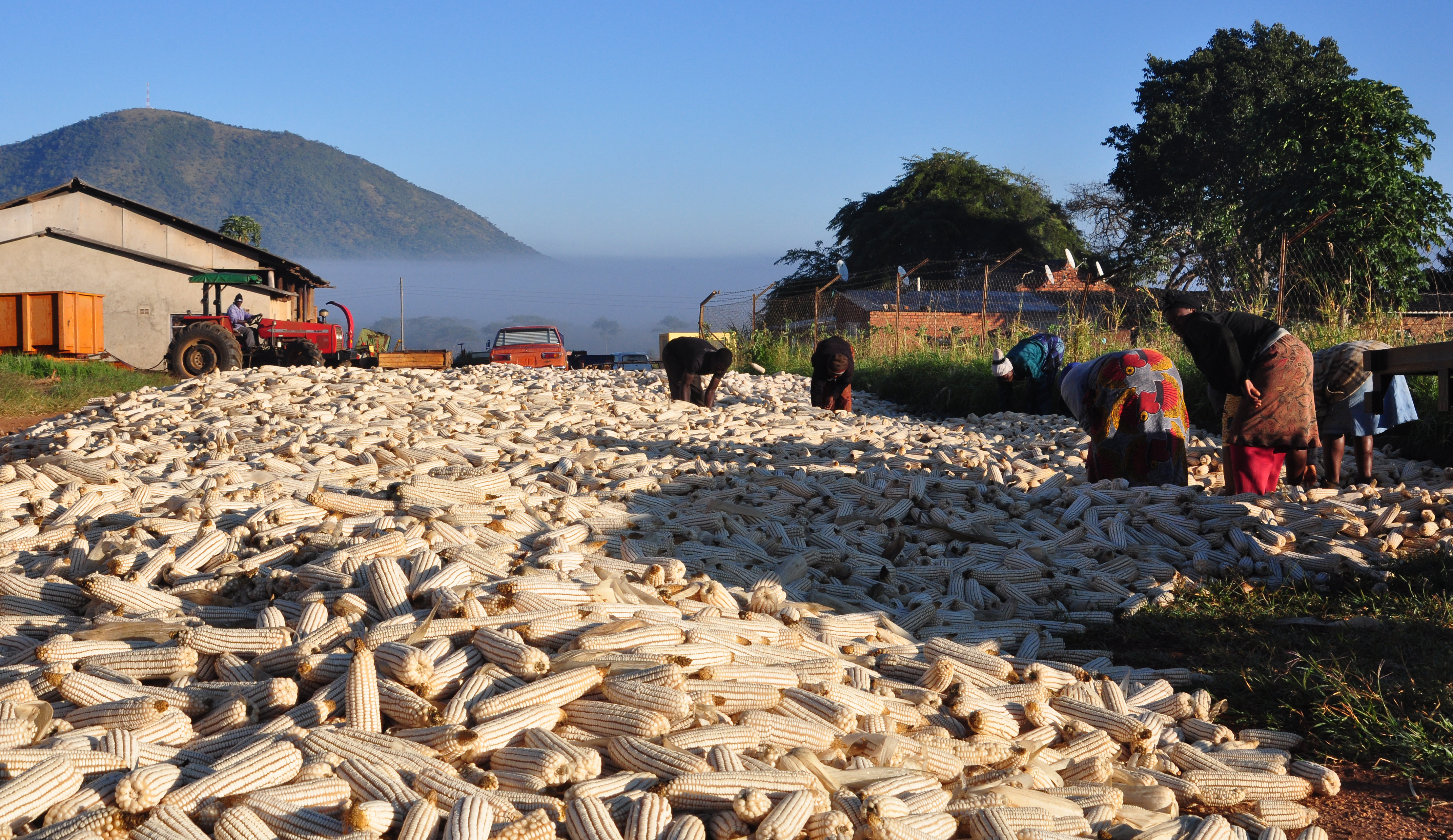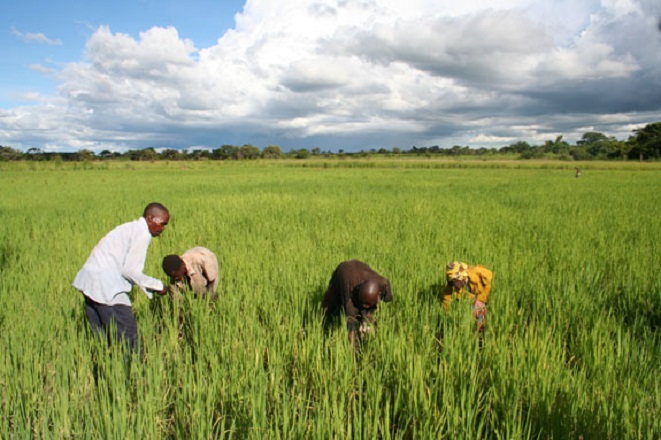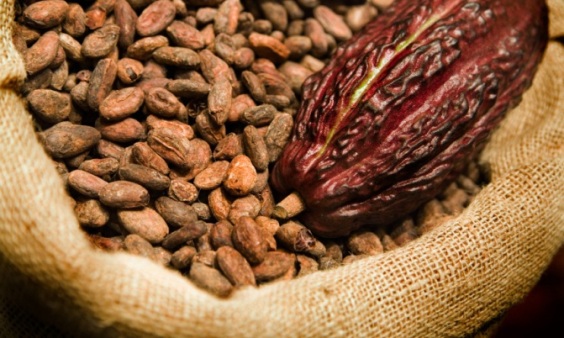Zimbabwe Expects Good Maize Harvest

By Tabitha Mutenga
FOR the first time in years, Zimbabwe is expected to produce enough grain to feed itself come harvest time in April.
This follows good rains in nearly all parts of the country.
After experiencing consecutive droughts over the years which was not helped by poor planning, the country has been surviving on food imports and handouts from donors.
Statistics released by the Ministry of Agriculture last week indicate that at least 2,2 million tonnes of maize would be produced at the end of the summer cropping season from the 1,2 million hectares of maize planted.
This is assuming there is an improvement in yields from the previous year’s 0,8 tonnes per hectare to 1,8 tonnes per hectare.
Zimbabwe requires 2,2 million tonnes of maize annually for both human and livestock consumption.
Persistent, and at times, heavy rains have been received across the country since the start of the second half of the 2016/17 rainfall season in January.
This has resulted in normal to above normal rainfall for the entire country, a striking contrast to the drought conditions experienced during the same period over the past two seasons.
The good rains have improved water availability in rivers and dams that had dried up, with dire consequences on people and livestock.
Pasture and livestock conditions have also improved significantly due to the good rains.
Although other factors such as the fall armyworm; the shortage of fertiliser; water logging and leaching have militated against the 2016/17 crop in some parts of the country, agricultural experts still expect a bumper harvest across all food crops.
Agricultural economist, Peter Gambara, this week said with a projected yield of 1,8 tonnes per hectare, the country could produce 2,2 million tonnes of maize.
“The rains have been very good and going around the country, most of the maize looks green and very heavy and therefore I expect the yield to more than double from the previous 0,8 tonnes per hectare to about 1,8 tonnes per hectare bringing us not less than 2,2 million tonnes,” Gambara said.
But Zimbabwe Farmers Union president, Abdul Nyathi, was more conservative saying they were estimating 1,750 million tonnes of maize to be produce because a quarter of the maize crop was destroyed by too much water and was also affected by the fall armyworm.
“However, despite these challenges the 2017 crop is looking good and those who planted their crop under irrigation with the assistance of the Command Agriculture Programme will start harvesting by March,” said Nyathi.
The 1,750 million tonnes of maize translates to 75 percent of the country’s annual requirements. Commercial Farmers Union president, Peter Steyl, said the country has had a very wet season, which has affected part of the crop, although the biggest challenge was the fall armyworm.
“I am sure we are going to have a better than average crop although the season has been affected by a couple of challenges. The biggest challenge has been the fall armyworm; we have not had any experience with it in the past and this is a learning curve for us and it is likely to impact on the crop,” Steyl said.
Farmers planted 1,2 million hectares of maize up from 700 000 hectares last year and 312 518 tonnes of small grains, which are part of the country’s food crops that contribute to food security.
The country only managed to produce 700 000 tonnes of maize in 2015. Last year, it produced 511 000 tonnes after experiencing one of its worst droughts in decades.
credit: allafrica.com





